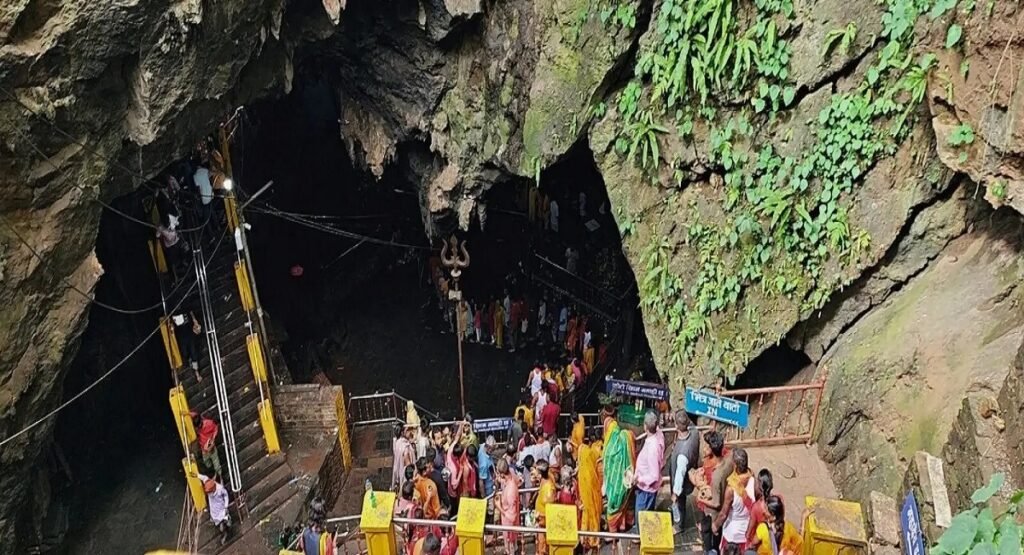300-year-old Kotgadhi in Khotang is waiting to be preserved

Numerous locations with historical, religious, and archaeological value can be found in Nepal. Regretfully, several of these regions have been removed. Nonetheless, Kotgadhi, which has a 300-year history, is still in existence in Dumredharapani, Khotang district. Despite its historical significance, it has received little attention from the federal or provincial administrations or the Department of Archaeology. A home, well, and bricks from the Kirat dynasty may be found at Kotgadhi, where warriors gathered for fight during the unification of Baise and Chaubise. Ward Chair Gyan Bahadur Pandey said that hundreds of spherical stones that are thought to have been used as local weapons may be found in Kotgadhi, which is surrounded by rivers.
During the 300-year tenure of the Baise-Chaubise principalities, Kotgadhi, a former administrative seat for Kirat monarchs, served as both a battlefield and an armory, with soldiers battling against neighboring Pumakotgadhi and Chisankhugadhi. Due to soldiers obtaining water from Dudhkoshi, the region is experiencing a lack of potable water. Tourists are drawn to Kotgadhi, a mountaintop with expansive views. The government constructed a waiting area, walled it off, and concreted a well to protect it. Many people used to live in a dense village beneath Kotgadhi, but they have since moved away owing to water scarcity and threats from wild animals, leaving the region deserted.





